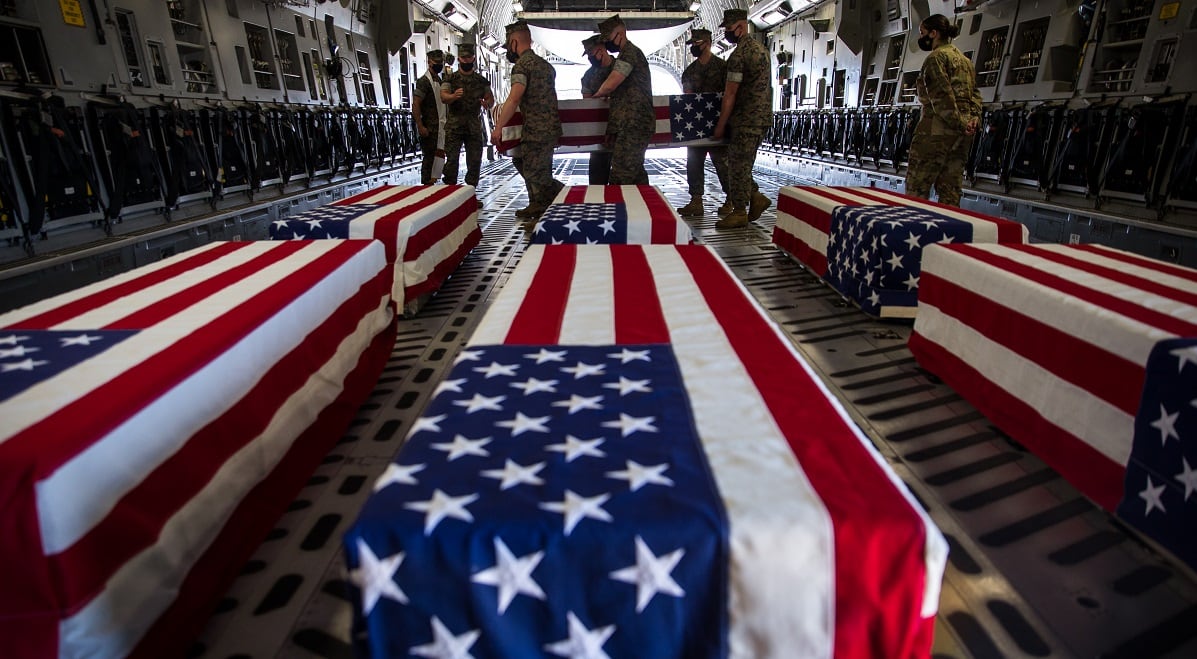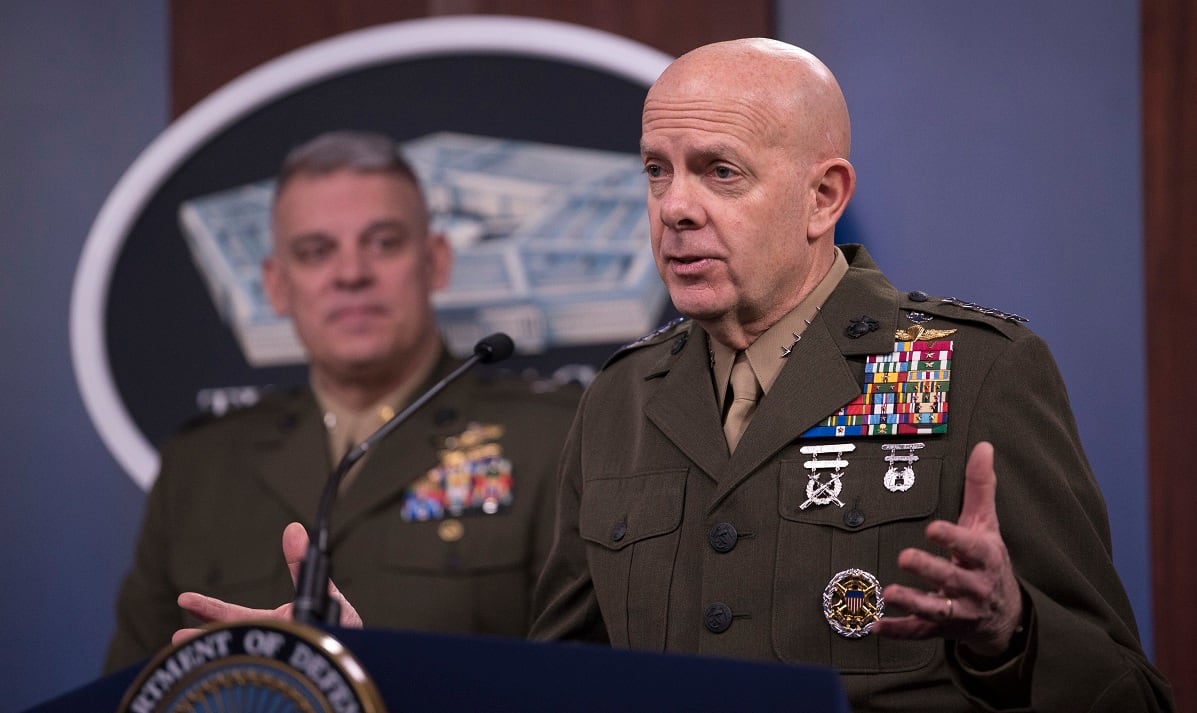Marine Corps Commandant Gen. David Berger is being called on by Congress to answer for the Corps’ safety record.
California Democrat Rep. John Garamendi said the House Armed Services readiness subcommittee will call the top Marine to the Capitol on May 3, Military.com first reported.
The hearing comes after the Marine Corps publicly released its roughly eight-month investigation into the July 30, 2020, sinking of an amphibious assault vehicle off the coast of California.
Garamendi told Marine Corps Times that he does not yet know if Berger himself will be at the hearing or if another representative of Headquarters Marine Corps will be there to answer lawmaker questions.
RELATED

The Marine Corps has not yet responded to requests for comment by Marine Corps Times.
At a March hearing before the same subcommittee Assistant Commandant of the Marine Corps Gen. Gary Thomas answered lawmakers’ questions on training safety.
The July 30, 2020, incident resulted in the deaths of eight Marines and one sailor and was the deadliest AAV training accident in Marine Corps history.
The service members killed were: Pfc. Bryan J. Baltierra, 18, of Corona, California, a rifleman. Lance Cpl. Marco A. Barranco, 21, of Montebello, California, a rifleman. Pfc. Evan A. Bath, 19, of Oak Creek, Wisconsin, a rifleman. U.S. Navy Hospitalman Christopher Gnem, 22, of Stockton, California, a hospital corpsman. Pfc. Jack Ryan Ostrovsky, 20, of Bend, Oregon, a rifleman. Cpl. Wesley A. Rodd, 22, of Harris, Texas, a rifleman. Lance Cpl. Chase D. Sweetwood, 18, of Portland, Oregon, a rifleman. Cpl. Cesar A. Villanueva, 21, of Riverside, California, a rifleman. Lance Cpl. Guillermo S. Perez, 19, of New Braunfels, Texas, a rifleman.
The investigation found that significant flaws in training and equipment led to the accident.
The sinking of the AAV led to a servicewide stand down for waterborne AAV training and a close examination of the Corps’ AAV stock based on updated standards.
“A majority of the AAVs failed to meet the new inspection criteria,” Lt. Gen. Steven Rudder said in the investigation.
But the safety concerns from the exercise go beyond just AAVs.
“The entire exercise was fraught with problems and together they left to the death of eight Marines and one sailor, indicating to me that no one paid a bit of attention to the safety issues,” Garamendi told Marine Corps Times in a Monday phone interview.
So far at least two commanders have been fired for their role in the incident, while discipline is being considered for several other Marines in the chain of the command.
Citing privacy concerns, the Marine Corps may not make public certain administrative actions taken against the Marines it finds at least partially responsible for the deaths of the nine service members, Capt. Andrew Wood, a spokesman for Headquarters Marine Corps, told Marine Corps Times.
Garamendi said he will demand the Marine Corps to “explain in detail how the persons responsible will be held accountable.”
“I believe that there’s a significant history where that doesn’t happen,” he added.
He went on to say he has several questions about the Navy’s role in incident and hopes he will soon see the result of the Naval Safety Center’s investigation, which has not been released publicly.
In addition to the Naval Safety Center Investigation the Marine Corps launched a third investigation into the formation of the 15th Marine Expeditionary Unit, Marine Corps Times recently reported.
Though lawmakers certainly will grill the Corps on safety lapses that led to the AAV sinking, the congressman said Corps’ safety issues go well beyond this one accident.
“You cannot understand the larger issues without knowing about the accident and deaths the occurred over the last several years,” Garamendi said.
“On the table will be all of the accidents, deaths, everything from people dying of heat strokes in the swamps of South Carolina to airplanes that collide in the air and helicopters and rollovers and AAVs ... because each one of those is a another example of a lack of attention to safety,” he added.
In 2019 the Government Accountability Office launched an investigation into vehicle mishaps after the Corps and Army saw a spike in vehicle rollover incidents.
Garamendi wants to require the Marine Corps to establish a safety officer overseeing every aspect of any training exercise with the power to suggest modifications or cancel the exercise immediately if it becomes unsafe.
He said he is not considering a bill that would change the Feres Doctrine, repeatedly used by courts to shoot down wrongful death lawsuits against the military. The answer is not lawsuits, but greater oversight. he said.
“If there’s clear accountability from the lowest to the highest then there will be attention to the issue of safety.”
But some family members of troops killed disagree.
“I think that is part of the systemic problem in the military the overreaching power of the Feres Doctrine that keeps them from being accountable,” Peter Vienna, the stepfather of Hospitalman Christopher Gnem, the lone sailor to die in the accident, told Marine Corps Times in March. “It’s very unfortunate but sometimes money speaks louder than lives.”





